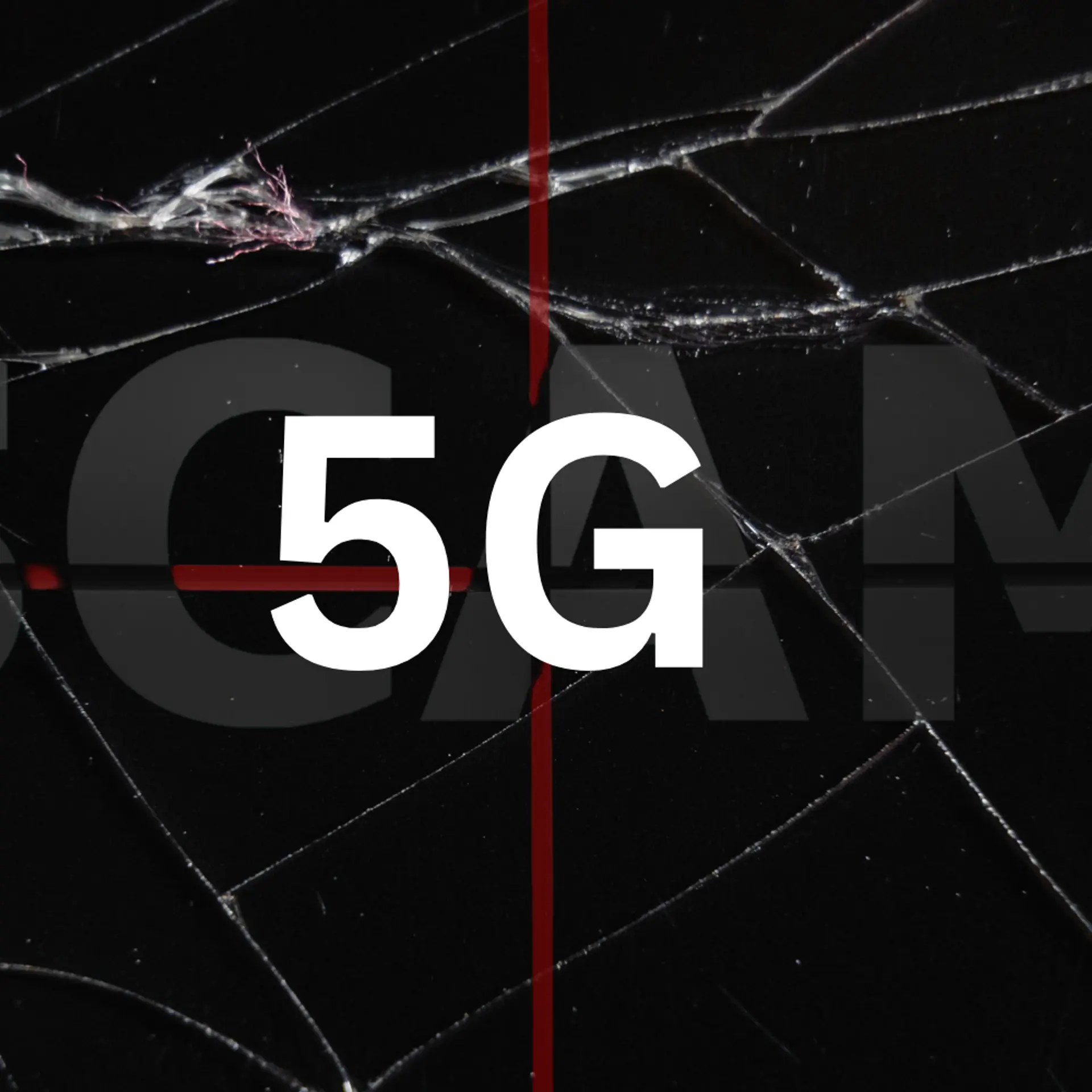Remembering PV Narasimha Rao, ‘modern-India’s Chanakya’, on his 96th birthday
“Not taking any decisions is itself a decision.”
This iconic statement by the ninth Prime Minister of India, PV Narasimha Rao, made at a time when he was in charge of steering the country away from a state of collapse, can be deemed eternal in a sense. Rao’s tantalising five-year term witnessed the aftermath of the Rajiv Gandhi assassination, a submerged economy, conflict-ridden states and an overall insignia of ‘no motion’ for the country at large.
However, Rao wasn’t called the ‘Chanakya of modern India’ for nothing.
On the fateful day when the world woke up to the news of Rajiv Gandhi’s demise and the subsequent refusal of his widow, Sonia Gandhi, to stand as Congress President, India found herself in dire straits and on the verge of implosion.
Enter Rao, with his highly underwhelming appearance, a quiet disposition and, above all, leading a minority party. The sharp contrast he presented to his predecessor’s young, charismatic and domineering personality only heightened the feeling of doubt and panic following his nomination as prime minister. Many believed it to be a temporary solution, and expected the Congress to replace him with a more ‘suitable’ candidate.
But Rao wasn’t the kind to let go that easy.
He took hold of the Prime Minister’s office at a time when the country was on the brink of economic ruin. Additionally, terror still lurked in states like Punjab, Naxal communalism was at a high and India was under pressure to express its allegiance to either America or Russia, a decision which would impact its core, in several ways.
The world, quite simply, was waiting for this unknown man from Telangana to crack. But not only did he refuse to pop a vein, he went ahead with determination to change the course of the country and in doing so, managed to rewrite its economic and political history.
On his 96th birthday, we show you how.

Saving the Indian economy
While many give the credit for the legendary economic reforms of 1991 to the genius of former prime minister Manmohan Singh, the silent force behind their execution was Rao himself. At that time, India's fiscal deficit was eight percent of the GDP, the current account deficit stood at 3.5, and wholesale price inflation had shot up to 13 percent. The retail inflation was at a whopping 17 percent. Additionally, the foreign exchange reserves stood at Rs 2,500 crores, down nearly 75 percent from a year ago, in 1990.
To everybody’s surprise, Rao decided to bring in someone seemingly apolitical as the finance minister, but believed him to be the best man for the job--Manmohan Singh. Subsequently, this decision proved fruitful as the duo managed to steer the Indian economy away from a financial spiral, which could have been as disastrous as the Greek Depression.
To know more about the economic reforms that saved India back then, click here.
Crisis Management
While Rao’s tenure witnessed more than its fair share of challenges, the ones that stood out in particular were the events following the 1993 Bombay blasts and the Latur earthquake that affected thousands of lives in Maharashtra.
After receiving word about the twelve blasts in Mumbai, a first of its kind in India, Rao immediately set into motion. Without regards to his personal safety and much against the advice of his ministers, he personally visited each of the affected areas. Upon learning about the Pakistani involvement in the blasts, he didn’t give in to impulse and call for an instant counter-attack. Instead, he asked the Indian intelligence community to invite their foreign counterparts from the US, UK and other Western European countries to send their counter-terrorism experts to Bombay and examine the proof for themselves.
In terms of the Latur earthquake, which witnessed the death of about 10,000 people and the displacement of several more, Rao didn’t waste any time to launch the process of relief-management. He began to structure and implement a series of operations which would mitigate the extent of the damage - through schemes of economic and social reconstruction.
Intra-country disputes
Rao was instrumental in handling and curbing the separatist movements in both Punjab and Kashmir. In Punjab, he did this by holding elections to bring about a stable system of governance, no matter the narrow cut of the electoral base. His government also introduced the ‘Terrorist and Disruptive Activities (Prevention) Act’ (TADA), India's first anti-terrorism legislation, which gave wide powers to the Indian law enforcement agencies while dealing with infiltrators from Pakistan.
Several attempts were made on his life and news of his own party members planning to overthrow him, was abound in the country back then. However, Rao’s feet were planted firmly on the ground and for the course of those five years at the very least, he remained a formidable force to be reckoned with.
Later, as part of his ‘Look East ‘ policy, he expanded India’s engagements with the Association of Southeast Asian Nations (ASEAN) - which provided a great boost to the Indian economy as well.
P.V. Narasimha Rao was a man of many proportions and layers, but when it came to his country, he had only one goal in mind - to make India reach the best of its insurmountable potential.







